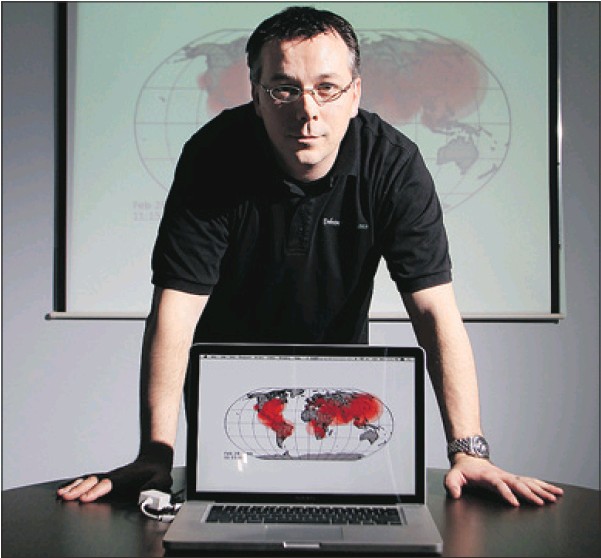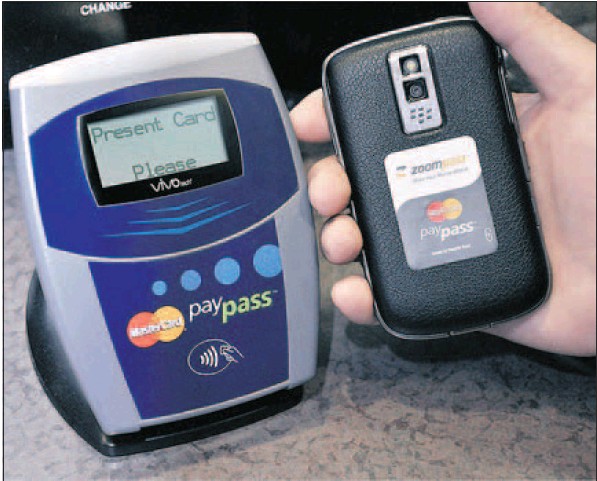Gillian Shaw
Sun

Xperia X10, Sony Ericsson

VPC-CG102 camera, Sanyo

Customizable covers for iPhone, BlackBerry, Kindle, laptops, Gelaskins

Touch control monitor, Sceptre
1. Xperia X10, Sony Ericsson, price not announced
I had a chance to try out the smartphone that Sony Ericsson is hoping will help it leapfrog over the competition. The company has lagged getting into this market, and faces stiff competition from earlier entrants. So it’s upping the ante with this top-of-the-line model. Based on the Android operating system, the touch screen Xperia X10 has a couple of features that address the demands of our heavily networked world — Mediascape and Timescape. Timescape collects all your communications into one spot — whether it’s text messages, phone calls, Facebook or other connections. It also has face recognition so once you tag a friend, every time he or she appears in a photo your phone is smart enough to remember who it is, making it a virtual organizational assistant. The “infinite” button in Timescape recaps all your dealings with contacts, while the same button in Mediascape brings up information on your favourite artists or celebrities. Add an 8.1-megapixel camera with video, GPS, Wi-Fi and other features you expect to find in upper-end smartphones. No price has been announced, but when I asked, Sony Ericsson indicated it would be comparable to the iPhone and other high-end smartphones. It will be released for the Rogers network this spring. www.sonyericsson.com
2. VPC-CG102 camera, Sanyo, $329
Sanyo has a new line of what it is calling HD dual cameras, delivering HD1080/60i video and still photography. The VPC-CG102 has 14-megapixel still photos and a five-times optical zoom with a twelve-times double video zoom, while the horizontally formatted VPC-GH2 has the same features an me price tag. Both have a 6.9 cm (2.7-inch) LCD screen. The two cameras are among five in the new lineup, with the higher-priced VPCCS1 and VPC-SH1 (at $439 and $549) featuring a sound zoom function with various modes so when you are taking video, you can focus the sound recording on the subject you are zooming in on. www.sanyo.com
3. Customizable covers for iPhone, BlackBerry, Kindle, laptops, Gelaskins, from $15
I’ve been having way too much fun coming up with designs to gussy up my iPhone and laptop. Spiderman was the first to catch my eye, making the perfect present for a pal who is a fan of the Marvel Comic hero. Added to that are a range of designs from National Geographic to various artists, Dark Horse Comics, Tokidoki, Upper Playground and others. Or you can upload an image — photos or artwork — to create your own. Covers for most devices, including gaming consoles like the Xbox 360 and Nintendo’s Wii. Dressing up your gadgets has never been so fun. vPlus gives them a protective cover. www.gelaskins.com
4. Touch control monitor, Sceptre, $270 US
The latest in Sceptre’s LED PC monitors is this 24-inch (61-centimetre) 1080p version with the company’s “sensitive touch control,” that is onscreen touch control keys to manage brightness, contrast and other screen features. At 1.3 centimetres thick and weighing about four kilograms, it’s a slick and slim monitor for gaming or other larger-screen tasks. www.sceptre.com
© Copyright (c) The Vancouver Sun







